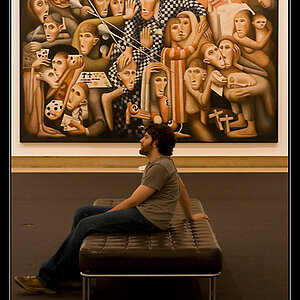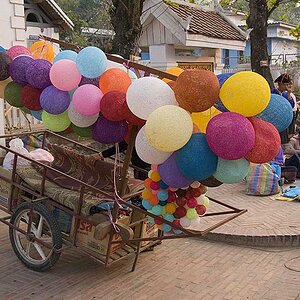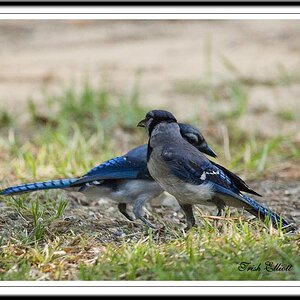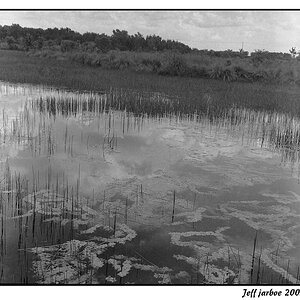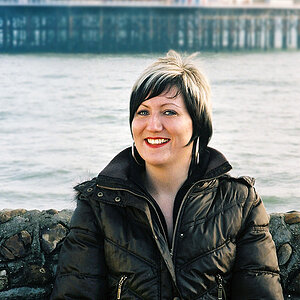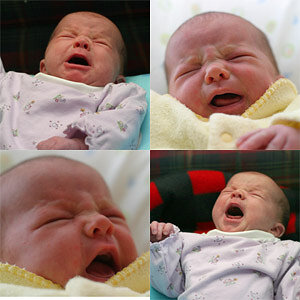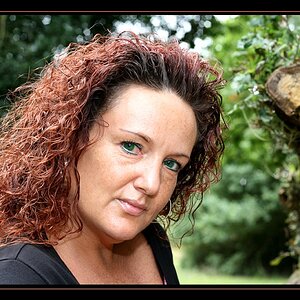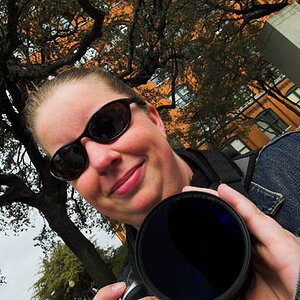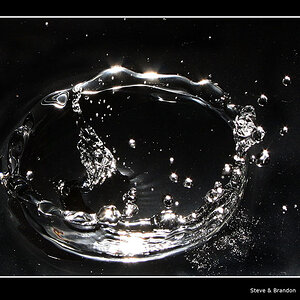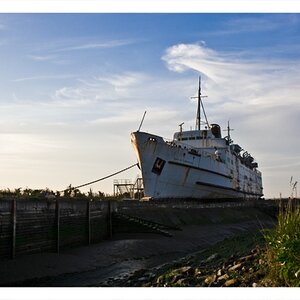tecboy
No longer a newbie, moving up!
- Joined
- Feb 17, 2012
- Messages
- 2,977
- Reaction score
- 358
- Can others edit my Photos
- Photos OK to edit
what if you take the picture at ISO 100 and then bump it up 5 to 10 stops in lightroom? is that better?
If you shoot at 1/60 ss and ISO 100 at very low lighting especially indoor. You will get underexposed image, and you will get a very bad clipping in the dark area. Bumping up the brightness in Lightroom will be losing details in the shadow areas.


